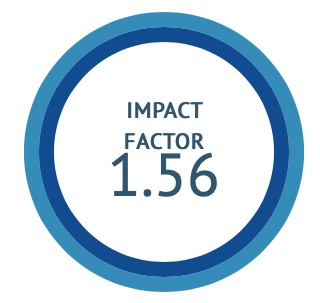In Vitro evaluation of anti-urolithiatic activity of Piper betle L.
DOI:
https://doi.org/10.47552/ijam.v15i1.4418Keywords:
Antiurolithiatic Property, Piper betle, FTIR, Traditional MedicinesAbstract
Urolithiasis or kidney stone is the most frequently occurring urinary disorders seen all over the world. They are saturated crystals formed due to the minerals present in the urine. It majorly comprises calcium oxalate, uric acid and phosphate crystals. The phosphate crystals, known as struvite, are formed due to the urinary tract infections. Although there are various synthetic medications, the use of traditional medicines / plants has been a promising method to treat kidney stones. To investigate the antiurolithiatic potential of traditional plant - Piper betle, the aqueous extract of Piper betle leaves was used. This extract was tested on two different crystals, first onto the raphides present in Colocasia esculenta leaf which is analogous to the calcium oxalate crystals. Second on the struvite crystals prepared from the crystallization method. The study showed there was a considerable decrease in the amount of raphides present in Colocasia esculenta and the same effect was seen on struvite crystals, which reveals that the leaves of Piper betle have an effect in dissolving and/or minimising the size of both crystals, thus substantiating the traditional claim. It is concluded that the leaves of Piper betle have beneficial inhibitory effect on in vitro crystallization of calcium oxalate and struvite crystals.
Downloads
Published
How to Cite
Issue
Section
License
Copyright (c) 2024 International Journal of Ayurvedic Medicine

This work is licensed under a Creative Commons Attribution 4.0 International License.
The author hereby transfers, assigns, or conveys all copyright ownership to the International Journal of Ayurvedic Medicine (IJAM). By this transfer, the article becomes the property of the IJAM and may not be published elsewhere without written permission from the IJAM.
This transfer of copyright also implies transfer of rights for printed, electronic, microfilm, and facsimile publication. No royalty or other monetary compensation will be received for transferring the copyright of the article to the IJAM.
The IJAM, in turn, grants each author the right to republish the article in any book for which he or she is the author or editor, without paying royalties to the IJAM, subject to the express conditions that (a) the author notify IJAM in advance in writing of this republication and (b) a credit line attributes the original publication to IJAM.




